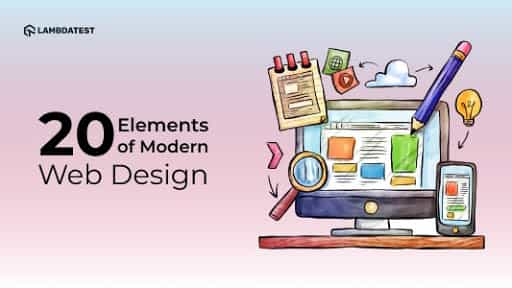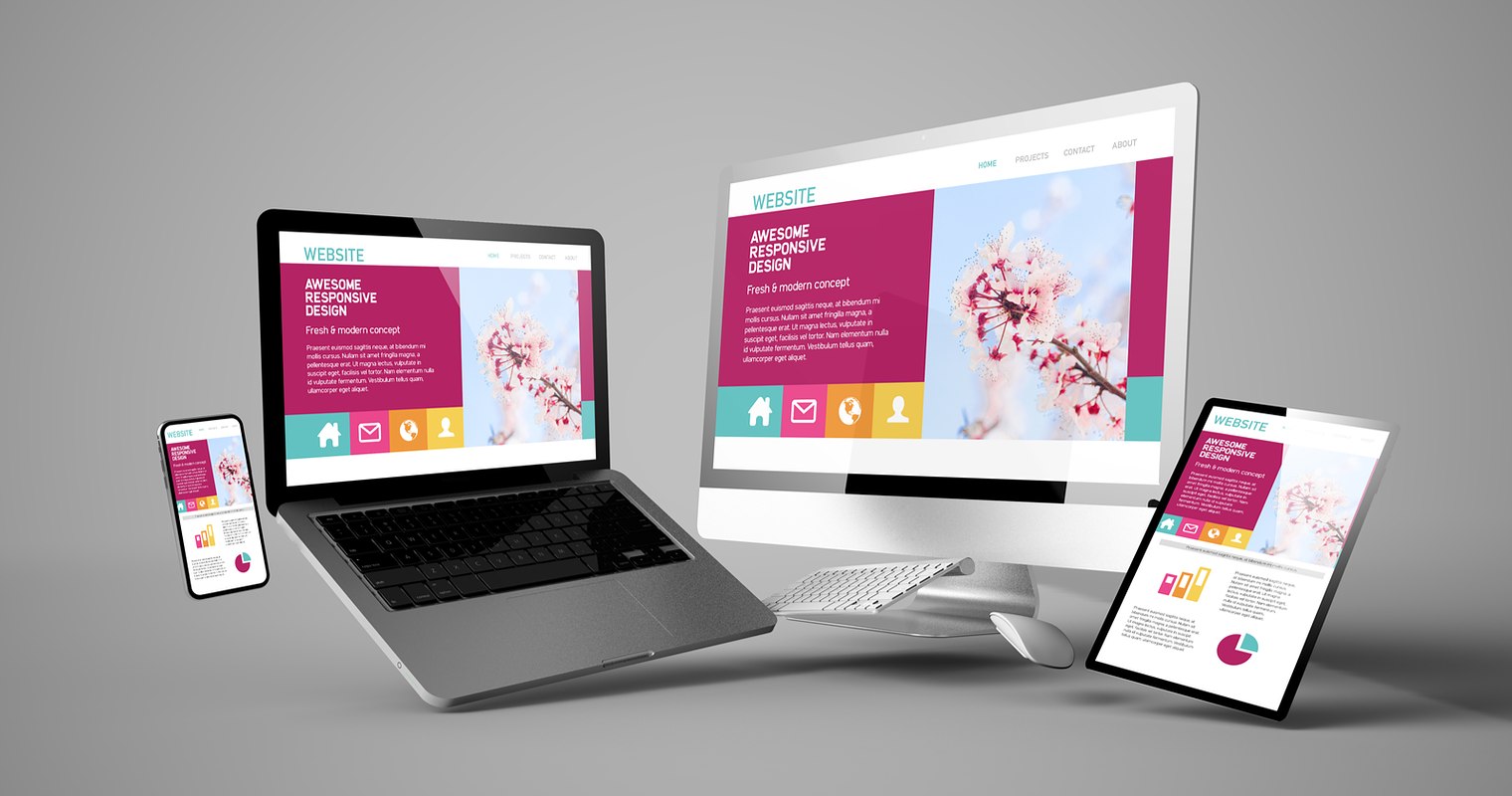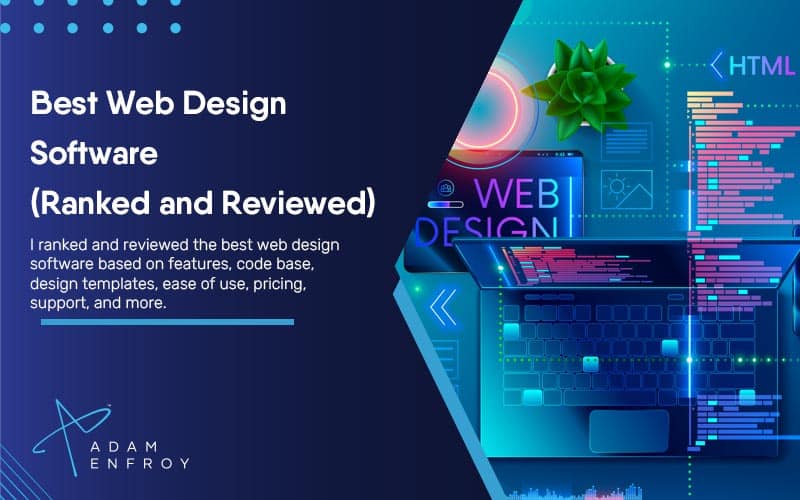All Categories
Featured
Table of Contents
- – Web Design Museum 1991 – 2006 Tips and Tricks:
- – Responsive Design Best Practices - Google Sea...
- – Web Design Studio & Digital Marketing Agency ...
- – The Leader In Website Design – Squarespace Ti...
- – Web Designer: Learn The 9 Skills You Need In ...
- – $899 - Custom Mobile Friendly Website Design ...
- – Top 30 Web Design Companies - Apr 2022 - Des...
- – What Is Web Design, How To Do It Right And B...
- – Beginner's Guide: How To Learn Web Design At...
- – Web Design Services By Freelance Website Des...
- – Law Firm Website Design, Attorney Web Design...
Web Design Museum 1991 – 2006 Tips and Tricks:
Quick summary Use and the utility, not the visual style, figure out the success or failure of a site. Considering that the visitor of the page is the only person who clicks the mouse and for that reason chooses whatever, user-centric style has actually developed as a basic method for effective and profit-oriented web style - web design frederick md.
and the energy, not the visual design, identify the success or failure of a website. Given that the visitor of the page is the only individual who clicks the mouse and therefore chooses whatever, user-centric design has ended up being a standard method for effective and profit-oriented web design. After all, if users can't utilize a feature, it may as well not exist.
g. where the search box ought to be put) as it has actually currently been done in a variety of short articles; instead we focus on the methods which, utilized effectively, can cause more sophisticated design choices and simplify the process of viewing provided info. Please see that you may be thinking about the usability-related articles we've published prior to: Concepts Of Great Site Design And Effective Website Design Guidelines, In order to use the concepts effectively we initially require to comprehend how users interact with websites, how they believe and what are the basic patterns of users' habits.
Responsive Design Best Practices - Google Search Central Tips and Tricks:
Visitors glimpse at each brand-new page, scan a few of the text, and click the very first link that catches their interest or slightly looks like the important things they're searching for. In truth, there are large parts of the page they don't even look at. Most users look for something fascinating (or helpful) and clickable; as quickly as some appealing prospects are discovered, users click.
If a page supplies users with premium material, they want to compromise the content with ads and the style of the website. This is the reason not-that-well-designed websites with high-quality content get a lot of traffic over years. Material is more crucial than the design which supports it.

Very easy concept: If a website isn't able to meet users' expectations, then designer failed to get his job done effectively and the business loses cash. The greater is the cognitive load and the less intuitive is the navigation, the more willing are users to leave the site and search for options.
Web Design Studio & Digital Marketing Agency • Gravitate Tips and Tricks:
Neither do they scan web page in a direct style, going sequentially from one site section to another one. Rather users satisfice; they choose the first sensible option. As soon as they discover a link that appears like it may result in the goal, there is a really excellent chance that it will be immediately clicked.
It does not matter to us if we comprehend how things work, as long as we can utilize them. If your audience is going to imitate you're creating billboard, then style great billboards." Users wish to have the ability to manage their internet browser and rely on the consistent data presentation throughout the site.
If the navigation and website architecture aren't instinctive, the variety of concern marks grows and makes it harder for users to understand how the system works and how to receive from point A to point B. A clear structure, moderate visual clues and easily identifiable links can assist users to find their path to their objective.
The Leader In Website Design – Squarespace Tips and Tricks:

claims to be "beyond channels, beyond items, beyond circulation". What does it mean? Given that users tend to check out sites according to the "F"-pattern, these three statements would be the first components users will see on the page once it is loaded. The design itself is simple and intuitive, to comprehend what the page is about the user needs to search for the answer.
When you've attained this, you can communicate why the system is useful and how users can take advantage of it. People won't use your website if they can't find their method around it. 2. Do Not Waste Users' Patience, In every task when you are going to provide your visitors some service or tool, try to keep your user requirements very little.
Novice visitors want to, not filling long web forms for an account they might never use in the future. Let users check out the website and find your services without forcing them into sharing private information. It's not sensible to require users to get in an email address to test the feature.
Web Designer: Learn The 9 Skills You Need In 2022 - Skillcrush Tips and Tricks:
Stikkit is an ideal example for an easy to use service which requires nearly nothing from the visitor which is inconspicuous and soothing. Which's what you want your users to feel on your website. Apparently, Termite requires more. Nevertheless the registration can be carried out in less than 30 seconds as the kind has horizontal orientation, the user does not even need to scroll the page.
A user registration alone suffices of an impediment to user navigation to minimize inbound traffic. 3. Manage To Focus Users' Attention, As sites supply both static and vibrant material, some aspects of the interface draw in attention more than others do. Obviously, images are more captivating than the text simply as the sentences marked as strong are more attractive than plain text.
Focusing users' attention to particular locations of the website with a moderate use of visual aspects can assist your visitors to get from point A to point B without thinking of how it really is supposed to be done. The less enigma visitors have, the they have and the more trust they can develop towards the company the site represents.
$899 - Custom Mobile Friendly Website Design By Go Web ... Tips and Tricks:
Aim For Feature Direct exposure, Modern web styles are generally criticized due to their technique of directing users with visually appealing 1-2-3-done-steps, big buttons with visual impacts and so on. From the design viewpoint these components really aren't a bad thing.
The website has 9 primary navigation alternatives which are visible at the very first glance. What matters is that the content is well-understood and visitors feel comfortable with the method they interact with the system.
Instead a price: just what visitors are looking for. An ideal option for reliable writing is touse brief and concise phrases (come to the point as quickly as possible), usage scannable design (categorize the material, utilize numerous heading levels, use visual aspects and bulleted lists which break the circulation of consistent text blocks), use plain and unbiased language (a promo doesn't need to sound like ad; give your users some sensible and objective reason why they must utilize your service or stay on your website)6.
Top 30 Web Design Companies - Apr 2022 - Designrush Tips and Tricks:
Users are seldom on a site to delight in the design; moreover, most of the times they are searching for the details regardless of the style - web design frederick md. Make every effort for simpleness rather of complexity. From the visitors' point of view, the best website design is a pure text, without any ads or additional content obstructs matching exactly the query visitors utilized or the material they have actually been looking for.
Finch clearly presents the details about the website and offers visitors an option of alternatives without overcrowding them with unnecessary material. 7. Do not Be Scared Of The White Space, Actually it's truly hard to overestimate the importance of white area. Not only does it assist to for the visitors, but it makes it possible to perceive the info provided on the screen.
Complex structures are more difficult to read, scan, evaluate and deal with. If you have the choice in between separating two design sectors by a visible line or by some whitespace, it's generally better to use the whitespace service. (Simon's Law): the much better you manage to offer users with a sense of visual hierarchy, the much easier your material will be to perceive.
What Is Web Design, How To Do It Right And Best Skills - Rock ... Tips and Tricks:
The exact same conventions and rules should be used to all elements.: do the most with the least amount of cues and visual elements. Clarity: all components ought to be designed so their significance is not ambiguous.
Conventions Are Our Buddies, Conventional design of site components doesn't result in a boring website. In fact, as they minimize the discovering curve, the need to determine how things work. For example, it would be a functionality problem if all sites had various visual presentation of RSS-feeds. That's not that different from our routine life where we tend to get used to basic concepts of how we organize information (folders) or do shopping (placement of products).
comprehend what they're expecting from a website navigation, text structure, search placement etc. A case in point from usability sessions is to translate the page in Japanese (presuming your web users don't understand Japanese, e. g. with Babelfish) and offer your use testers with a job to find something in the page of different language.
Beginner's Guide: How To Learn Web Design At Home - Medium Tips and Tricks:
Steve Krug recommends that it's better to, however make the most of conventions when you don't. 10. Test Early, Test Typically, This so-called TETO-principle needs to be applied to every website design job as functionality tests often offer into considerable problems and issues connected to a provided design. Test not too late, not insufficient and not for the incorrect reasons.
Some important points to keep in mind: according to Steve Krug, and testing one user early in the task is better than screening 50 near the end. Accoring to Boehm's first law, mistakes are most frequent during requirements and style activities and are the more costly the later they are gotten rid of.
That means that you develop something, test it, repair it and after that evaluate it once again. There may be issues which have not been found during the very first round as users were almost obstructed by other problems. usability tests. Either you'll be indicated the problems you have or you'll be indicated the lack of significant design defects which remains in both cases a helpful insight for your job.
Web Design Services By Freelance Website Designers - Fiverr Tips and Tricks:

This holds for designers as well. After you've dealt with a site for couple of weeks, you can't observe it from a fresh perspective anymore. You understand how it is constructed and for that reason you know precisely how it works you have the knowledge independent testers and visitors of your website wouldn't have.
It can be linked to other locations such as graphic design, user experience, and multimedia arts, but is more aptly seen from a technological perspective. It has become a large part of people's everyday lives. It is difficult to picture the Internet without animated graphics, different styles of typography, background, videos and music.

During 1991 to 1993 the World Wide Web was born. Text-only pages might be seen utilizing a basic line-mode internet browser. There had been no integrated technique to graphic design aspects such as images or noises.
Law Firm Website Design, Attorney Web Design, Lawyer ... Tips and Tricks:
The W3C was created in October 1994 to "lead the Internet to its full capacity by developing common procedures that promote its development and ensure its interoperability." This discouraged any one company from monopolizing a propriety web browser and programs language, which could have modified the effect of the Internet as a whole.
As this has occurred the innovation of the web has also moved on. There have likewise been substantial changes in the way people utilize and access the web, and this has changed how sites are developed.
Learn more about Lovell Media Group LLC or TrainACETable of Contents
- – Web Design Museum 1991 – 2006 Tips and Tricks:
- – Responsive Design Best Practices - Google Sea...
- – Web Design Studio & Digital Marketing Agency ...
- – The Leader In Website Design – Squarespace Ti...
- – Web Designer: Learn The 9 Skills You Need In ...
- – $899 - Custom Mobile Friendly Website Design ...
- – Top 30 Web Design Companies - Apr 2022 - Des...
- – What Is Web Design, How To Do It Right And B...
- – Beginner's Guide: How To Learn Web Design At...
- – Web Design Services By Freelance Website Des...
- – Law Firm Website Design, Attorney Web Design...
Latest Posts
Figma: The Collaborative Interface Design Tool. Tips and Tricks:
Web Design - The First 100 Years - Idle Words Tips and Tricks:
Web Design Certificate - Web Development Certificate Program Tips and Tricks:
More
Latest Posts
Figma: The Collaborative Interface Design Tool. Tips and Tricks:
Web Design - The First 100 Years - Idle Words Tips and Tricks:
Web Design Certificate - Web Development Certificate Program Tips and Tricks: